You can also listen to this article in the voice of own Plastic Artist Rosângela Vig:

You will have heard these expressions or even applied them: ‘Oh, what a glacial painting!’, You have the impression of glacial air coming in through an open window in winter. And our whole body shivers. But a correct application of “warm” “tones” and “sounds” provides the painter and the composer with the beautiful possibility of creating warm works. (KANDINSKY, 1970, p. 73)
Art is a delusional journey through the world of sensations caused by the appreciation of colors and shapes. As if the eye plays a delicious search chasing lines, finding points, hiding under dense and tenuous surfaces. On this journey, the observer distances from the real world, penetrates the ethereal dimensions and leads the curious spirit, he avid gaze and the creative mind through these places. So must be the contemplation of Art, so must be the enjoyment.
And maybe this act of enjoying it is very intense in Abstract Art, because the mind is free from the real object and travels through these dimensions spontaneously. True Art allows the soul to make these pilgrimages available for other times, for other possible spaces. It is up to the observer to awaken this inner essence and to allow the mind to travel through the warm or cold tones of a painting; to the smooth, thick or rough face of the Sculpture; or simply to let the soul get drunk on the notes of a song, as him tells us Kandinsky, in his quote. And it must be remembered that the writer was also the greatest representative of Abstract Art and his work had a strong connection with Music.
Kandinsky's Abstractionism, in the beginning of the 20th Century crossed borders and reached New York, in the United States during the 30, when the first artists joined the style there. During this period, the country suffered from the Great Depression and the two World Wars, what led the artists to Social Realism in Painting, with themes focused on suffering. Many of them survived due to a government aid program for Art. In the 1940, these artists began their journey through a style distant from political issues, that aimed to aesthetic freedom. Furthermore many famous European artists and intellectuals moved to the United States, fleeing the Second World War (1939-1945), such as Salvador Dali (1904-1989), Piet Mondrian (1872-1944) and Fernand Léger (1881-1955). And New York was also the exhibition stage for many representatives of European Modernism, what inspired American artists who sought to innovate their language.
Emerging after World War II as a great power, the United States now had a large workforce, due to immigration; great wealth in natural resources; and stable economy. Paris was replaced by New York as the center of Modern Art.
In this context, was space for a new style that emerged in 1946, with themes loaded with emotion, with the valorization of individuality, free expression and improvisation. The New York School, as the style was called, by the abstract expressionists themselves, was the first internationally recognized movement in American painting.
I am not interested in the relationship of color or shape, I am only interested in expressing basic human emotions. (ROTHKO in MACK, 2014, p. 354)
Organic Architecture
Architecture from the 1940 took place in the United States and was well represented by the organicism of Frank Lloyd Wright 1 (1867-1959), opposed to rationalism. The main idea was to integrate the construction to the place where it was, as if nature sheltered and embraced the work, making it inserting it in its environment. The final form of the construction was abstract, expressive and full of movement. Although this style emerged in the United States, it ended up influencing the European Architecture.
The Guggenheim Museum 2 and 3 in New York was one of Wright's buildings in which the organic style was sculpted. Built in 1959, the building emerges with movement in the middle of the bustling city (Fig. 1), like a tape unfolding from an immense spool. And, if the facade appears to be elastic and move, its interior is no different. From the inside, the final impression is that you are in a great spiral, where you can slide freely, delighting in the Art that can be seen around. Perhaps that was the architect's intention when designing the museum.
Among the many Wright projects there is also The Fallingwater House 4 also in the United States, in the state of Pennsylvania, where the idea of adapting the building to nature and its environment is reinforced. The house emerges from a waterfall, where it appears to be inserted. The water pours out of it, as if it belongs to the work.
Sculpture
The soul contemplates the rutile morning
It opens this mixture of colors around the top
Immaterial secret, but tamed
Original sense of steam and background moisture
Joints displaced by the flames
Flattened friction of sighs
Crashed lines tearing the chasm
Spiral weaving splitting the air.
(KANDINSKY, 1991, p. 67)
With metaphorical works and full of movement and innovations in the field of aesthetics, great sculptors stood out in the American abstract expressionist style, among them Isamu Noguchi (1904-1988); and the notable women who were part of the group of artists of the style, such as Louise Nevelson (1899-1988), Mary Callery (1903-1977) and Dorothy Dehner (1901-1994).
Like huge cathedrals, obscure, inaccurate and abstract, the sculptural walls (Sculptural Walls) of Louise Nevelson 5 (Fig. 2) resemble Gothic constructions; they rise towards the sky, slender, circumspect, monochromatic, in austere tones, as if silently praying upwards. Her immense installations and pieces are made of wooden boxes, filled with objects of the same material inside, all removed and collected by the artist, from urban objects. Influenced by Marcel Duchamp, the sculpture by Louise Nevelson anticipated the idea of reusing materials discarded in the environment.
Mary Callery dressed her works of freedom and movement. It stayed in your sculpture, the sharp impression of the modern and, in many of her pieces, she printed the lightness and the graceful gesture as if the thin and slender characters moved delicately in a slow ballet. By those who look carefully and appreciate Art, it is possible to perceive classical music echoing in the background, like a silent orchestra, in which violins, pianos and conductors alternate dictating the steps of the dance.
Painting
I paint like that because I can keep adding more and more elements – drama, pain, anger, love, a figure, a horse, my concepts of space. (DE KOONING in MACK, 2014, p. 351)
Coming from Armenia in 1920, Arshile Gorky (1904-1948) was among the European artists and intellectuals who migrated from Europe to the United States, fleeing the war. Gorky's abstract expressionist style (Fig. 3) served as a bridge between European avant-garde and North American painters, still influenced by the Culture of the time, Literature, the cinema of Hollywood and a period of end of wars. Added to this is the non-conformity with the traditional in Aesthetics; a negative judgment regarding Capitalism and Technology.
The result was freedom of expression, improvisation and works full of emotions and moral themes, with the individual's appreciation. The style led to a first generation of American artists to gain international recognition. Among these artists, there were great women 6 who, against their time, went further and conquered their professional space, evidencing themselves in the field of Painting and Sculpture. Among them stood out the painters Anne Ryan (1889-1954), Perle Fine (1905-1988), Lee Krasner (1908-1984), Agnes Martin (1912-2004), Mary Abbott (1921-2019), Joan Mitchell (1925-1992) and Helen Frankenthaler (1928-2011). Also of great importance were the names of Mark Rothko (1903-1970), Adolph Gottlieb (1903-1974), Arshile Gorky (1904-1948), Clyfford Still (1904-1980), Willem de Kooning (1904-1997), Barnet Newman (1905-1970), Jackson Pollock (1912-1956) and Ad Reinhardt (1913-1967).
The pictorial style of Jackson Pollock 7, received the name Action Painting or “Action Painting" in English, by the Art critic of the time, Harold Rosenberg (1906-1978). His differentiated technique (Fig. 4) consisted of placing the huge canvas on the floor and, about her, shoot or drip the paint at random, obeying the movements of the body, of the arms. It is as if the artist acquired wings and hovered or flew with a huge brush dipped in ink over the imaginary scene, in a delicious joke, where only interlaced colors are important. The result is a beautiful texture in which white, black, grey, red, yellow and so many other colors alternate, forming a colorful garden, where it is possible to perceive shadows, backgrounds, overlapping and hidden tones, as if there were a plot in the artistic object, similar to a moving fabric.
With a more refined style, Lee Krasner (Fig. 5) received great prominence in Abstract Expressionism. Married to Jackson Pollock, the two maintained their studios 8 on The Springs Farm 9 where they lived, in East Hampton, New York. While Krasner worked in a room in the house, Pollock kept his studio in the barn. Even following the line of Abstract Expressionism, the works of both acquired different features. She worked with collage, and many of her works are of vivid and intense tones, with well-filled fields of color and a noticeable influence from Matisse (1869-1954).
Also under the influence of Matisse, Mark Rothko 10 (Fig. 6) cared about the color fields, often with strong hues, contrasting, amid geometric shapes, which seemed to try to take over each other's space. Like doors and windows that close and open, their colors are blurred, suggesting mist over the work, as if the sharpness of the tone was whitened by a soft fog. The result is a scene full of emotion and spirituality, which emerge in the eyes of the observer, in his attempt to unveil the color that is covered by this veil.
In a more instinctive and irrational way, the work of De Kooning 11 is closer to a deformed reality, turbulent, accentuated by the artist's violent gestures on the canvas, with sudden and random brushstrokes. His style, within Abstract Expressionism is explosive and unexpected, showing, perhaps the degeneration of society.
De Kooning's irreverent style had a great influence on the work of Jorge Guinle (1947-1987), in Brazil, in his years production 80. Born in New York, the artist came to Brazil with his family in the same year he was Born. He lived in New York, and also lived in Paris, where he had contact with Art, he was self-taught. there is a clear influence of Matisse, in the vivid color of his work Action Painting in the United States. There is vigor and energy in his random brushstrokes, there is deconstruction of the realistic form, there are shadows, wavy shapes interspersed, overlapping, that look organic, live.
Although there are contradictions, some critics consider that the works of Brazilian artists Tomie Ohtake (1913-2015), Manabu Mabe (1924-1997) and Flávio Shiró (1928-) have a style very close to Abstract Expressionism.
Painting has a life of its own. I try to let it show up. (POLLOCK, in MACK, 2014, p. 356)
Final Considerations
When something ends, it means that it died, doesn't it? I believe in eternity. I never finish a painting - I just stop working on it for a while. (GORKY, in MACK, 2014, p. 352)
To the artist, the work is always being weaved, it develops in his creative mind; it goes out into the real world, materializes in the form of Art and incorporates in a canvas, in a rough stone, only to be appreciated, for its beauty, for its amazement, for its meaning. The creator arranges the objects, the colors, shapes and arranges them carefully, in a useless attempt to achieve his own initial idea. This will never be the same as the thought you idealized. For Plato,
(…) If all things are not the same for everyone, at the same time and always, and each of them is not specific to each one in particular, it is clear that they have by themselves, a certain permanent reality, which it does not relate to or depend on us; don't let, therefore, drag here and there for our fantasy, but there are, naturally, by themselves and according to their own essence. (PLATO, 1994, p. 16)
The work will never be finished for the artist's wandering mind, when he is willing to travel by the immensity of his creativity, by his remote roads, by his utopian worlds. The artist embarks on this journey in search of unattainable perfection that can understand the totality of his thinking and the world of his ideas. To him, the path will never be the same, every time he strolls over these embarrassed worlds. He finds new ways, new alternatives that could be a constant investigation of itineraries that fully embrace his initial vision. For the observer, the perfection will always be present, in each line, in each movement, in each shape, in each color and in the arrangement of the elements of the scene that was set up. It is as if everything had to be right there, due to fate, not by human hand.
Art recreates individual things in the form of their universal essences, and in doing so makes them inimitably themselves. In the course of this, it converts them from contingency to need, from dependence to freedom. What resists this alchemical process is purged as a particularistic refuse (EAGLETON, 2005, p. 85).
1 Frank Lloyd Wright – The man who built America
www.youtu.be/1O7ax1KhJNM
2 Guggenheim Museum
www.youtu.be/QvgVKWvb2tI
3 Guggenheim Museum
www.visitenovayork.com.br/guggenheim-museum-em-nova-york
4 Casa da Cascata – Kaufmann House – The Fallingwater House
www.youtu.be/JW040r0LiTc
Sign up to receive Event News
and the Universe of Arts first!
5 Louise Nevelson
www.macdowell.org/artists/louise-nevelson
6 Women of Abstract Expressionism
www.youtu.be/p7tlfBOjay0
7 Jackson Pollock
www.youtu.be/XFFe35P1c8s
www.youtu.be/1U19VOF4qfs
8 Pollock-Krasner studio video
www.stonybrook.edu/commcms/pkhouse/exhibitions.php
9 The Springs Farm, in East Hampton, New York – Pollock-Krasner Studio
www.stonybrook.edu/commcms/pkhouse/housestudio.php
10 Works of Mark Rothko
www.youtu.be/CtCCCK9QWY8
11 169 obras of Willem de Kooning
www.youtu.be/JlmwV6rNQZQ
References:
- BAYER, Raymond. História da Estética. Lisboa: Editorial Estampa, 1993. Tradução de José Saramago.
- CHILVERS, Ian; ZACZEK, Iain; WELTON, Jude; BUGLER, Caroline; MACK, Lorrie. História Ilustrada da Arte. São Paulo: Publifolha, 2014.
- EAGLETON, Terry. A Idéia de Cultura. São Paulo: Editora UNESP, 2005.
- FARTHING, Stephen. Tudo Sobre a Arte. Rio de Janeiro: Sextante, 2011.
- GLANCEY, Jonathan. A História da Arquitetura. São Paulo: Edições Loyola, 2001.
- GOMBRICH, E.H. A História da Arte. Rio de Janeiro: Editora Guanabara, 1988.
- HAUSER, Arnold. História Social da Arte e da Literatura. São Paulo: Martins Fontes, 2003.
- KANDINSKY, Wassily. O Futuro da Pintura. Lisboa, Portugal: Edições 70, 1970.
- KANDINSKY, Wassily. Olhar sobre o Passado. São Paulo: Ed. Martins Fontes, 1991.
- KANT, Immanuel. O Belo e o Sublime. Pôrto:Livraria Educação Nacional Ltda. 1942.
- PLATO, Crátilo. 2to. edição. Lisboa: Livraria Sá da Costa, 1994, Tradução de Pe. Dias Palmeira.
- PROENÇA, Graça. Descobrindo a História da Arte. São Paulo: Editora Ática, 2005.
- WILDE, Oscar. A Decadência da Mentira. Rio de Janeiro: Imago Editora Ltda, 1994.
The figures:
Fig. 1 – Guggenheim Museum, New York, United States, Eric's photos – www.VisiteNovaYork.com.br.
Fig. 2 – Untitled, c.1976, Louise Nevelson, painted construction wood, 94 x 36 x 16 3/4 inches, 238,8 x 91,4 x 42,5 cm. Courtesy of Michael Rosenfeld Gallery LLC, New York, NY, USA.
Fig. 3 – Untitled, c. 1940, Arshile Gorky, oil on composite board, 24 x 11 1/4 inches, 61 x 28,6 cm, signed. Courtesy of Michael Rosenfeld Gallery LLC, New York, NY, USA.
Fig. 4 – Untitled, c. 1952-1956, Jackson Pollock, ink on paper, 17 1/2 x 22 1/4 inches, 44,5 x 56,5 cm. Courtesy of Michael Rosenfeld Gallery LLC, New York, NY, USA.
Fig. 5 – Hieroglyphs Nº2, 1969, Lee Krasner, Gouache on Howell paper, 17 x 13 1/2 inches, 43,2 x 34,3 cm, signed. Courtesy of Michael Rosenfeld Gallery LLC, New York, NY, USA.
Fig. 6 – Composition, 1941-42, Mark Rothko, oil on canvas, 28 1/2 x 24 1/2 inches, 72,4 x 62,2 cm, signed. Courtesy of Michael Rosenfeld Gallery LLC, New York, NY, USA.
You might also like:
- First Traces of Modern Art – Abstract Expressionism in Brazil by Rosângela Vig
- First Traces of Modern Art – Expressionism in Brazil by Rosângela Vig
- First Traces of Modern Art – Impressionism in Brazil by Rosângela Vig
- Modern Art – Surrealism by Rosângela Vig
- Modern Art – Abstractionism by Rosângela Vig
- Modern Art – Cubism by Rosângela Vig
- Modern Art – Expressionism by Rosângela Vig
- First Traces of Modern Art – Symbolism by Rosângela Vig
- First Traces of Modern Art – Post-Impressionism by Rosângela Vig
- First Traces of Modern Art – Impressionism by Rosângela Vig
- Romanticism in Brazil by Rosângela Vig
- Romanticism by Rosângela Vig
- The Neoclassical Art in Brazil by Rosângela Vig
- The Rococo in Brazil by Rosângela Vig
- The Neoclassical Art by Rosângela Vig
- Rococo by Rosângela Vig
- How appears the Surreal Work by Rosângela Vig
- The Baroque in Brazil by Rosângela Vig
- Baroque by Rosângela Vig
- Mannerism by Rosângela Vig
- Flemish Art – Renaissance in Northern Europe by Rosângela Vig
- Renaissance by Rosângela Vig
- The Contemporary, A little about the Urban Art by Rosângela Vig
- The Naive Art – Ingénue Art by Rosângela Vig
- Middle Ages, Byzantine Art by Rosângela Vig
- Middle Ages, Romanesque Art and Gothic Art by Rosângela Vig
- The Roman Art by Rosângela Vig
- Greek Art, Art History in Ancient Greece by Rosângela Vig
- The Egyptian Art by Rosângela Vig
- The Prehistoric Art by Rosângela Vig
- The beauty Art and the sublime Art by Rosângela Vig
- The Game of Art by Rosângela Vig
- The Misunderstood Art by Rosângela Vig
ROSÂNGELA VIG
Sorocaba – São Paulo
Facebook Profile | Facebook Fan Page | Website
Columnist at Website Obras de Arte
E-mail: [email protected]

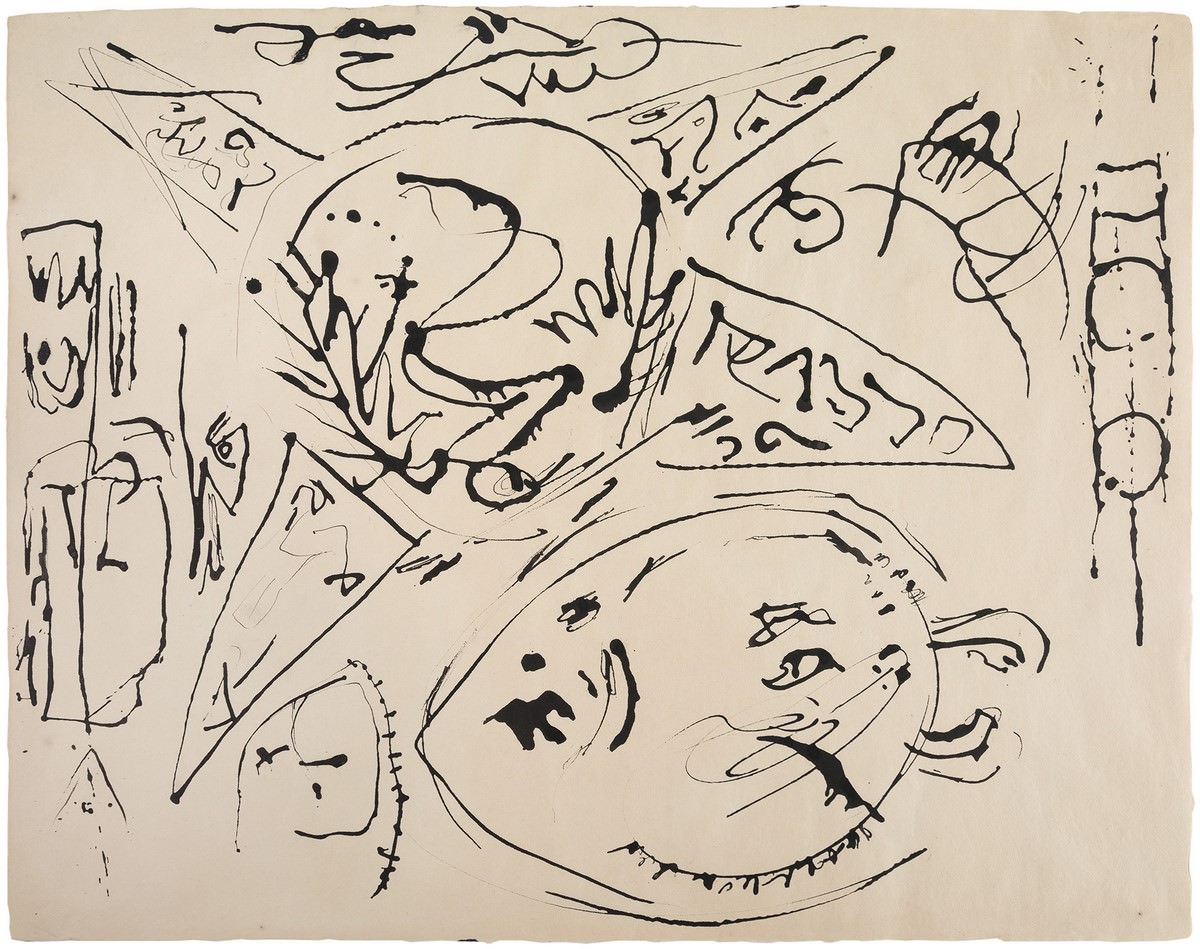
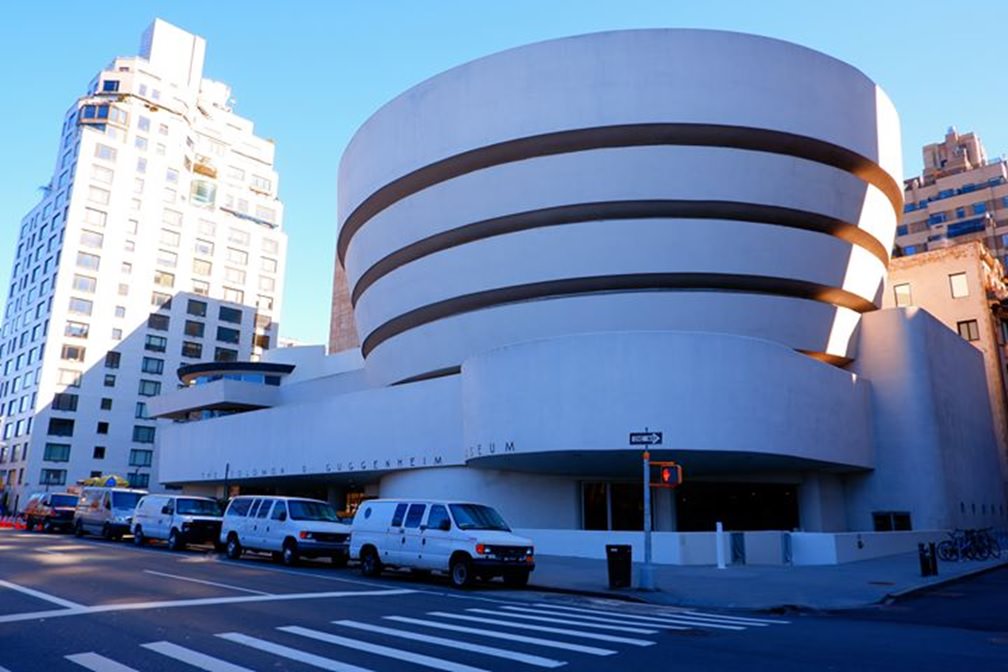
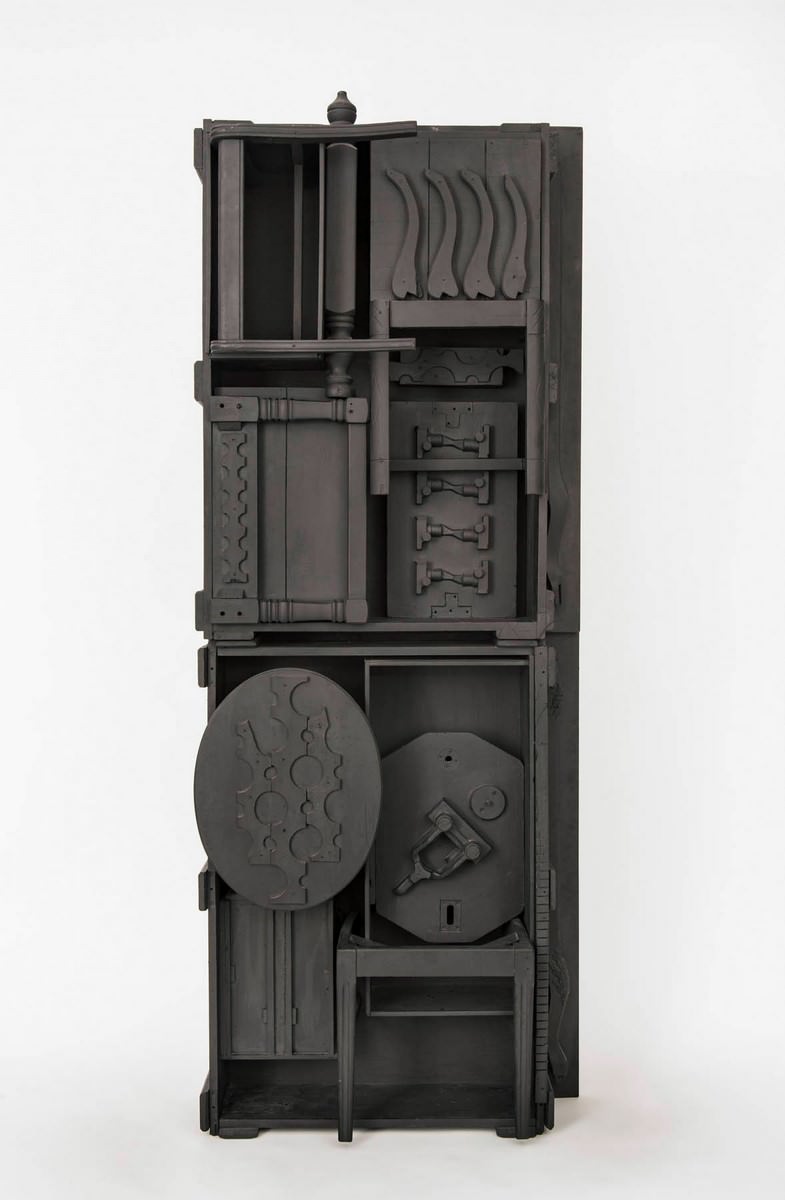
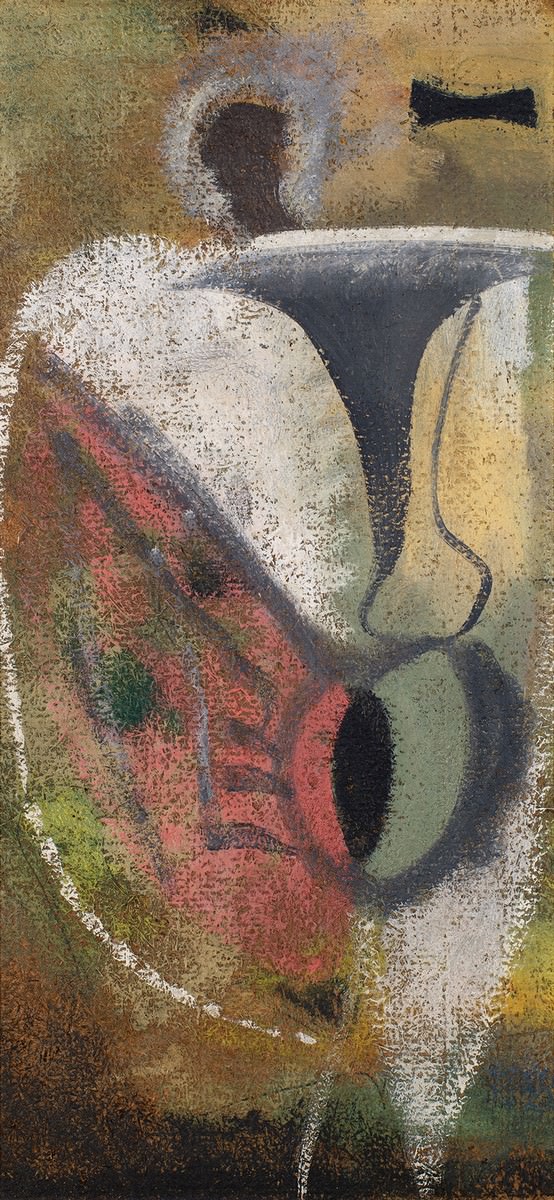
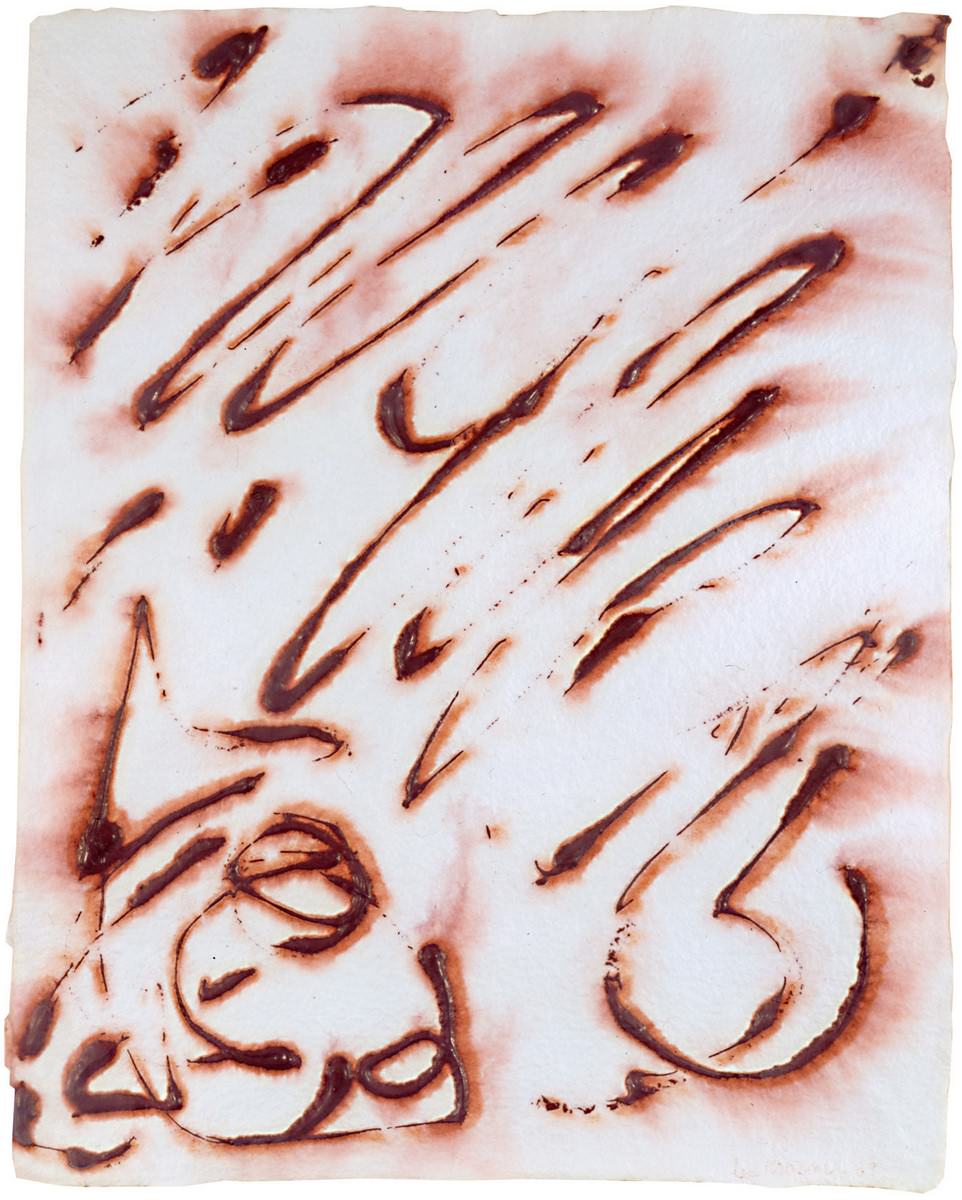
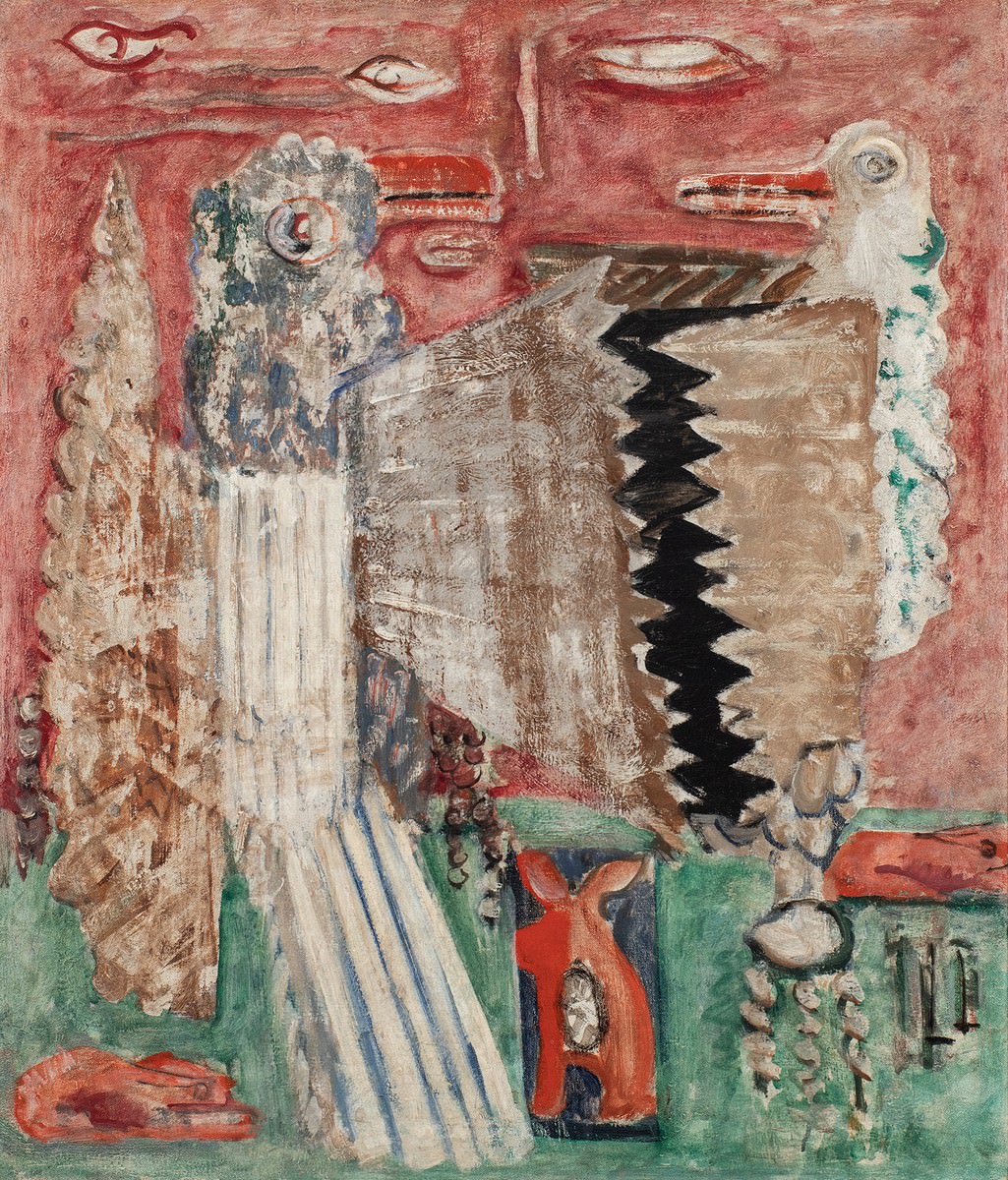
Thank you very much Tony!!